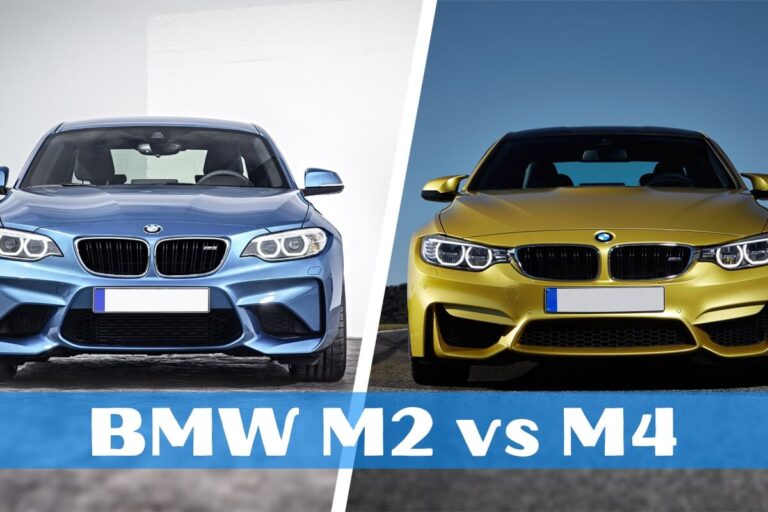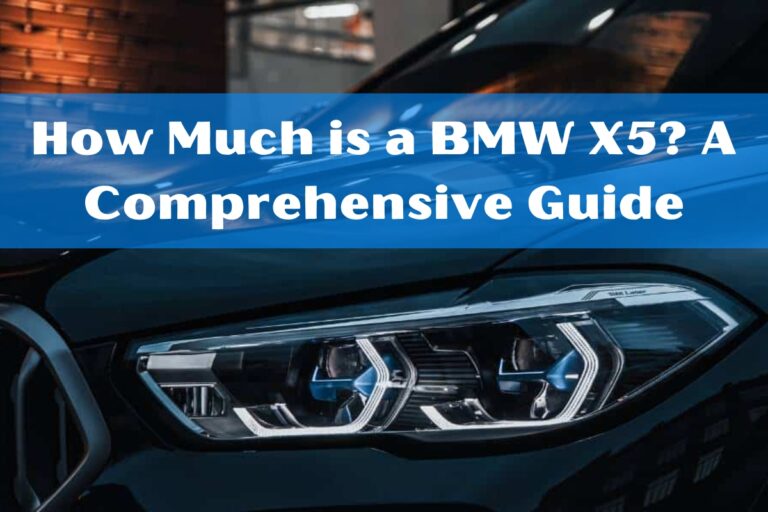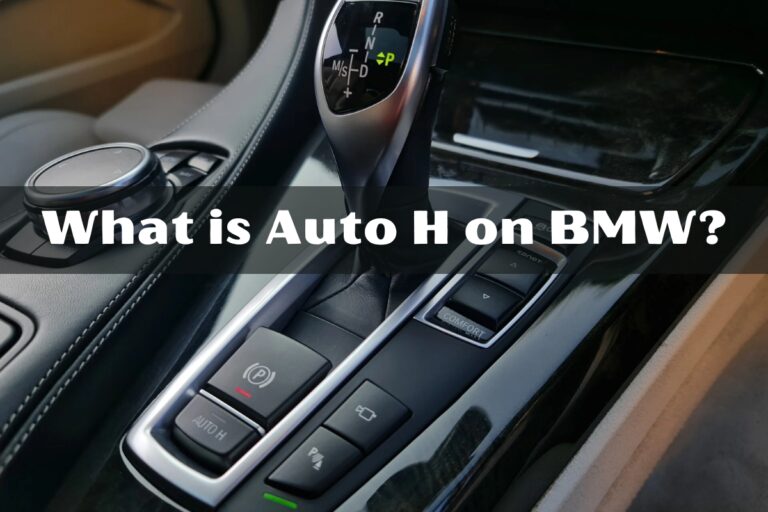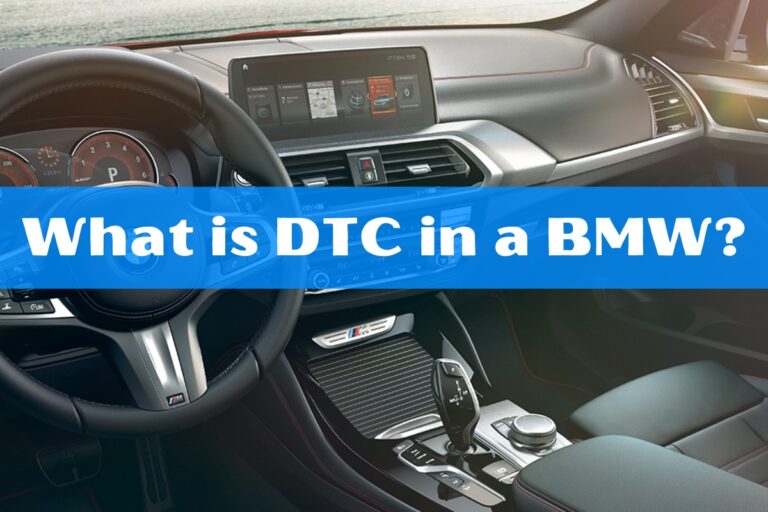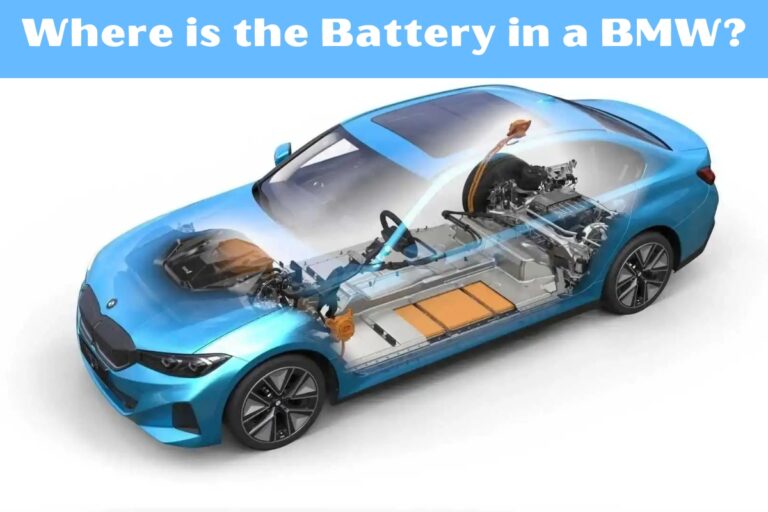Is the BMW i8 Electric?

Understanding the BMW i8 Powertrain
The BMW i8 is a unique vehicle that doesn’t fit neatly into the all-electric or traditional gasoline-powered sports car categories. Instead, it takes a hybrid approach, combining an electric motor and battery pack with a turbocharged petrol engine.
The Hybrid Approach
At the heart of the BMW i8 is a plug-in hybrid powertrain. This means the vehicle can be driven in all-electric mode for short distances, but also has a gasoline engine that kicks in to provide additional power and extend the overall driving range.
Electric Motor and Battery
Powering the front wheels of the i8 is a 129 hp (96 kW) electric motor, which is fed by a lithium-ion battery pack. In the original 2014-2018 models, this battery had a capacity of 7.1 kWh, allowing for an all-electric driving range of around 23 miles (37 km) under the EPA test cycle. The 2018-2020 models received an upgrade to an 11.6 kWh battery, boosting the EV range to 29 miles (47 km).
Petrol Engine and Transmission
Providing power to the rear wheels is a 1.5-liter turbocharged 3-cylinder petrol engine, producing 228 hp (170 kW). This engine is mated to a 6-speed automatic transmission. Together, the electric motor and petrol engine produce a combined system output of 357 hp (266 kW) in the earlier models, and 369 hp (275 kW) in the later 2018-2020 variants.
Driving the BMW i8
The BMW i8 offers drivers a few different modes to choose from, allowing them to prioritize either efficiency or performance.
Electric Mode
In all-electric mode, the i8 can be driven solely using the front electric motor, with the gasoline engine remaining off. This mode provides a serene, nearly silent driving experience, with instant electric torque for brisk acceleration. The top speed in EV mode is limited to 75 mph (120 km/h).
Hybrid Mode
Most of the time, the i8 will operate in a hybrid mode, with the electric motor and petrol engine working together. The car’s intelligent energy management system determines the optimal blend of electric and gasoline power based on driving conditions and demands. In this mode, the i8 can seamlessly transition between electric-only, hybrid, and gasoline-only propulsion.
Sport Mode
For maximum performance, the driver can select the Sport mode. This engages the full combined output of the electric motor and petrol engine, providing rapid acceleration. The engine note is also amplified in Sport mode to create a more engaging driving experience.
Efficiency and Performance
Despite its sports car styling, the BMW i8 delivers impressive efficiency figures thanks to its hybrid powertrain.
Fuel Economy and Emissions
Under the EPA test cycle, the i8 achieved a combined fuel economy rating of 76 MPGe (miles per gallon equivalent) in electric mode, and 29 MPG when running solely on gasoline. Its carbon emissions were rated at just 49 g/km. The European NEDC test yielded even higher efficiency numbers, with a combined fuel consumption of 134.5 mpg-imp (2.1 L/100 km) and CO2 emissions of 49 g/km.
Acceleration and Top Speed
The BMW i8’s combination of electric and petrol power gives it brisk acceleration, with a 0-60 mph (0-97 km/h) time of 4.2 seconds. However, its top speed is electronically limited to 155 mph (250 km/h), which is lower than some pure sports cars. This trade-off helps maximize the i8’s efficiency and electric range.
Charging the BMW i8
As a plug-in hybrid, the BMW i8 can be recharged from an external power source to replenish its battery and extend its all-electric driving capabilities.
Charging Options
The i8 is equipped with a J1772 charging port, which allows it to be plugged into standard Level 1 (120V household) or Level 2 (240V) electric vehicle charging stations. BMW also offered a dedicated “i Wallbox” charging solution for i8 owners.
Charging Times
Fully recharging the i8’s battery from a standard 120V household outlet takes around 3.5 hours. Using a 240V Level 2 charger reduces this to approximately 1.5 hours. This ensures the i8’s electric range can be easily restored between drives.
Practicality and Design
While the BMW i8 is a high-performance hybrid sports car, it also offers some practical considerations for everyday use.
Interior and Cargo Space
The i8 is a 2+2 seating configuration, meaning it has two front seats and two smaller rear seats. Cargo space is limited, with only 154 liters (5.4 cubic feet) of volume in the rear trunk. However, this is still more than many mid-engine supercars.
Unique Exterior Design
One of the i8’s most striking features is its dramatic, futuristic exterior design. This includes signature BMW design elements like the “kidney grille” and “Hofmeister kink”, as well as distinctive butterfly doors and a low, wide stance. The i8’s design was heavily influenced by the earlier BMW Vision Efficient Dynamics concept car.
The Future of the BMW i8
After a successful six-year production run, the BMW i8 ultimately came to an end in 2020. However, its legacy as a pioneering plug-in hybrid sports car lives on.
Production and Sales Figures
Over its lifetime, BMW produced a total of 20,465 i8 models – 16,581 coupes and 3,884 roadsters. By March 2020, global sales had exceeded 20,000 units, making the i8 the world’s top-selling plug-in electric sports car.
Successor Models
While the i8 itself has been discontinued, BMW continues to develop new high-performance hybrid and electric models. These include the recently launched BMW M8 and the upcoming BMW XM, which are intended to carry on the i8’s legacy of blending electrification and driving excitement.
Conclusion
In summary, the BMW i8 is not a fully electric vehicle, but rather a pioneering plug-in hybrid sports car that combines an electric motor and battery pack with a turbocharged petrol engine. This unique powertrain allows the i8 to deliver impressive efficiency and environmental performance, while still providing thrilling driving dynamics when needed.
The i8’s innovative design, well-executed hybrid system, and strong sales performance have solidified its place in automotive history as a trailblazer in the world of electrified performance vehicles. While the model has now been discontinued, BMW’s commitment to advancing hybrid and electric technology ensures the i8’s legacy will live on in future high-performance models.
For drivers seeking a sports car that offers a balance of efficiency, performance, and style, the BMW i8 remains a compelling and distinctive choice, even as the industry continues to evolve towards fully electric vehicles.

